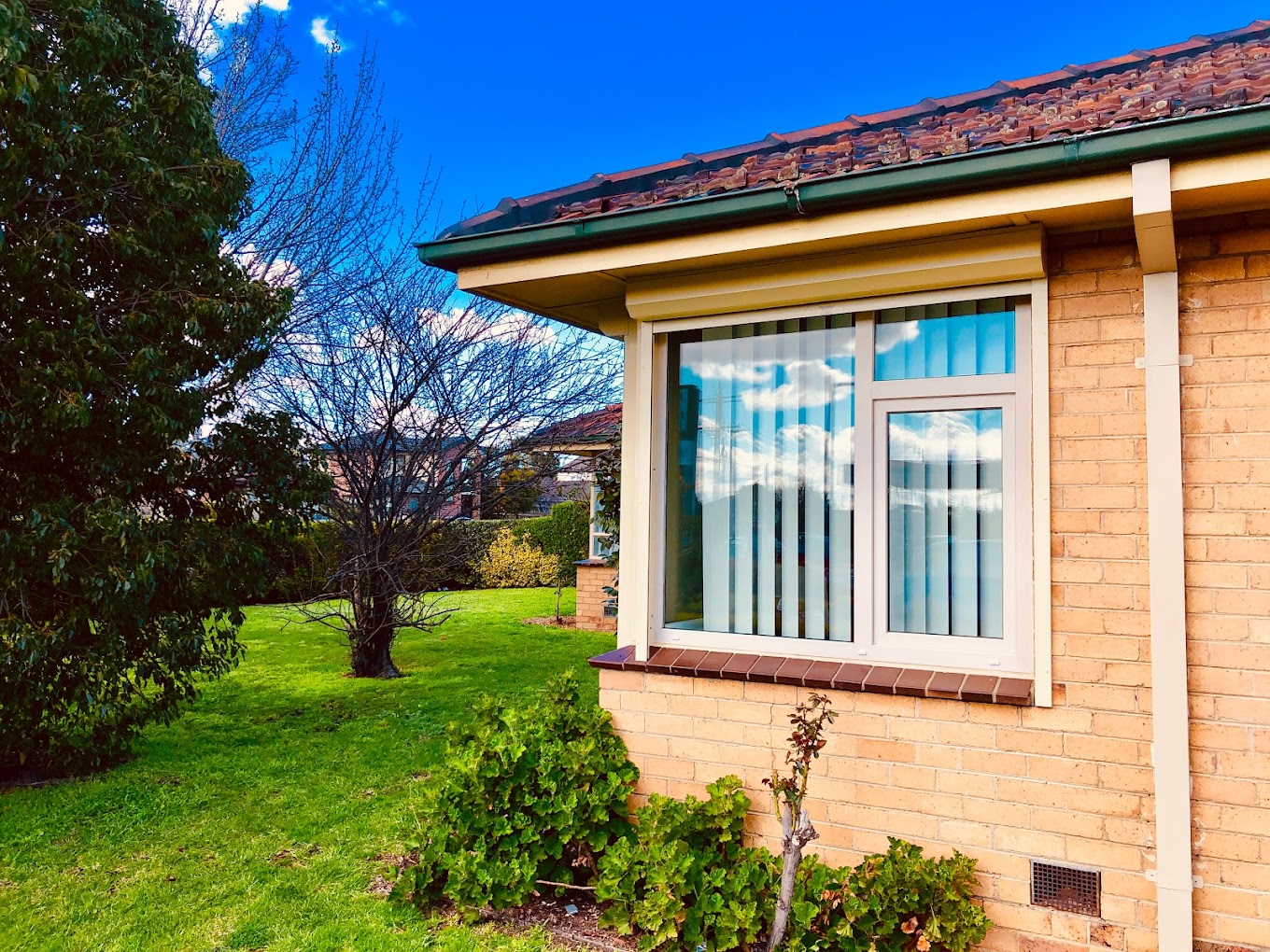All Categories
Featured
Table of Contents
Save Energy With Double Glazed Windows in Bickley WA
That window can transfer more solar heat in winter season than in summertime. A west-facing window on a summer's afternoon has an angle of incidence from near 0 up to 30 with a large efficient location of solar radiation. A north-facing window, in summertime, has a high angle of incidence and a low efficient area of solar radiation, so can transmit less heat than a west-facing one.

You can quickly and quickly improve the thermal efficiency of your house by changing your windows. This is one of the most efficient techniques of remodelling to achieve better thermal convenience. There are thousands of kinds of glass and frames to pick from. Picking the best ones is essential to improving the energy performance of your house.
Keeping Your Cool: The Benefits Of Double Glazed ... in Westminster Western Australia
Single glazing with clear glass is not extremely effective when it comes to heat loss or gain. To enhance performance, you can utilize single glazing with a more energy-efficient type of glass such as low emissivity (low-e) glass.
The energy performance of IGUs also depends on: the properties of each layer of glass. Different glass types (for example, clear and low-e glass) can be put together in an IGU.
Does Double Glazing Reduce The Heat In Brisbane's Summer? in Carine WA

IGU cavities can be filled with air or a more inert, low-conductivity gas such as argon the width of the cavity. Wider cavities provide lower (better) U worths, with 12mm usually accepted as the favored space how well the cavity is sealed.
If argon is set up to the cavity in place of air, moisture is dependably excluded the level of desiccant (drying agent). The spacer (metal or polymer strip) that separates the glass layers includes a desiccant to absorb any wetness. Inadequate desiccant might cause wetness to condense on the glass surface in cold conditions, lowering thermal performance.
What Are The Advantages Of Double Glazed Windows? in Westminster Western Australia
IGUs can deliver better energy performance for all climates, especially in heated and air-conditioned houses. Cross-section detail of single, double and triple-glazing systems Low emissivity glass (frequently referred to as low-e glass) minimizes heat transfer. Low-e glass might be either high or low transmission: High transmission low-e glass has a covering that enables daytime from the sun to enter your home to accomplish excellent solar heat gain, however minimizes the quantity of the long wavelength infrared heat that can leave back through the window.
Low-e glass has either a pyrolytic coating or a vacuum-deposited thin movie metal finishing. Pyrolytic coverings are resilient and can be utilized for any glazing; vacuum-deposited coatings are soft and are only used within IGUs. Low-e finishings can considerably enhance both U worth and SHGC; nevertheless, they need to be utilized correctly or they will either degrade or stop working to perform as needed.
Why Double-glazed Windows Are A Must in Duncraig Perth
Low-e coatings can be used in mix with clear, toned or reflective glass. Low-e finishes on glazing can reduce heat transfer where needed Photo: Department of Market, Science, Energy and Resources Toned glass has colouring ingredients included throughout manufacture. It is available in different colours, typically bronze, grey, blue and green.
Table of Contents
Latest Posts
Fitting A Cabin In Your Garden? Get Double Glazing Fitted Too in Connolly Perth
Brisbane's Best Double Glazed Windows in Stirling Western Australia
Twinglaze® Double Glaze Specification Act - Vic in Bickley Western Australia
More
Latest Posts
Fitting A Cabin In Your Garden? Get Double Glazing Fitted Too in Connolly Perth
Brisbane's Best Double Glazed Windows in Stirling Western Australia
Twinglaze® Double Glaze Specification Act - Vic in Bickley Western Australia